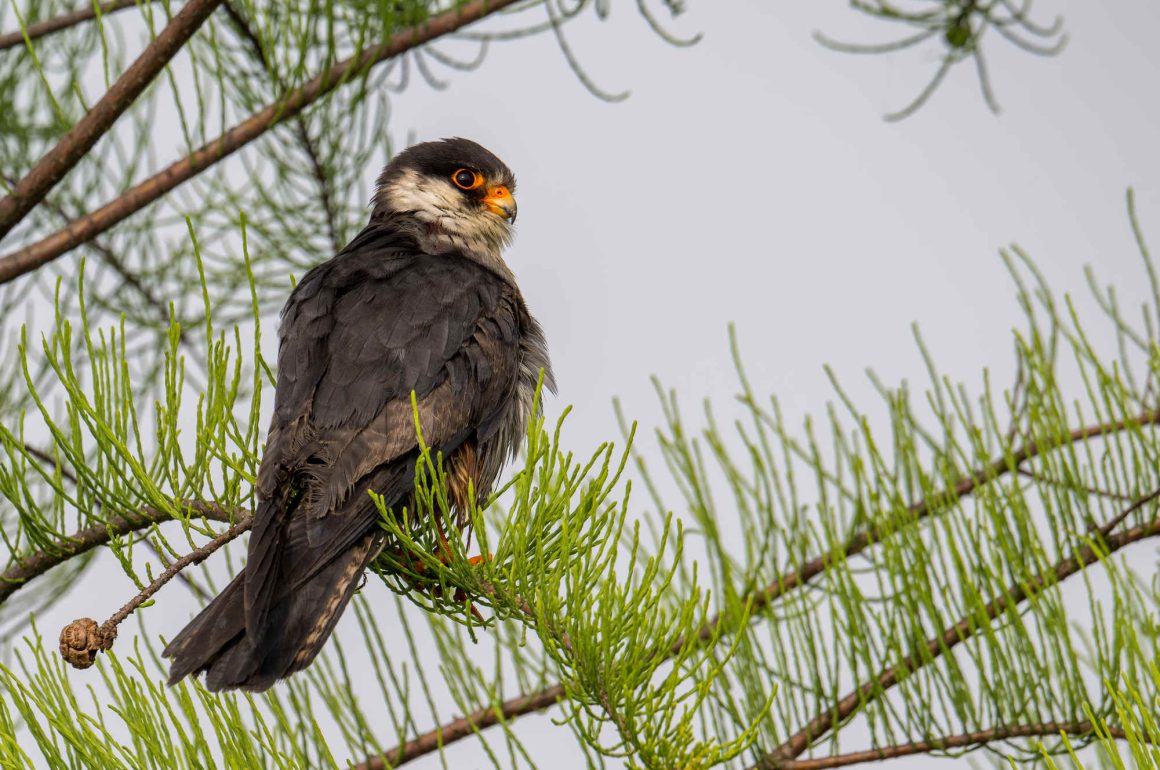
The Amur Falcon is a small and – I think – very attractive raptor. It also holds a number of world records (though it usually does not mention them in its conversations – it is a modest bird) and, unfortunately, is also responsible for some really bad scientific writing.
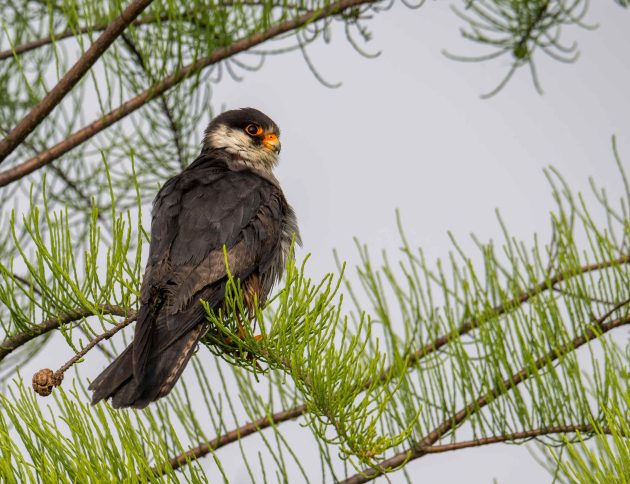
In my posts, I usually try to squeeze one paragraph out of the scientific name (each paragraph somehow justifies adding an additional photo). However, in this case, this is difficult – there is not much to explain about Falco amurensis.
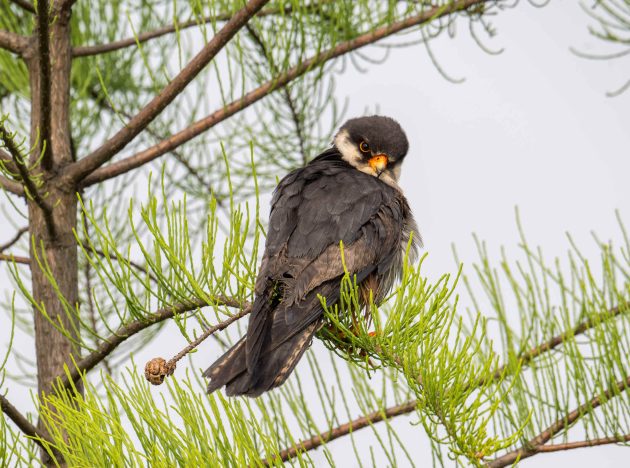
Then again, do you really know what Amur is or means? I looked it up for you. According to amur.com, “AMUR is a fashion brand that seeks to define a new femininity through sustainably crafted, and expressive ready-to-wear for the mindful, confident woman”.*
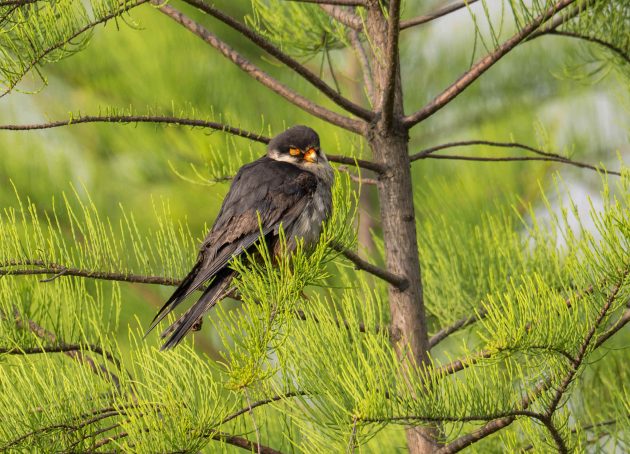
But maybe that is the wrong Amur. Wikipedia says that “the Amur is a major river in Russia and China, forming part of the border between these countries.” Makes more sense, though I think that the female Amur Falcon shown in my photos here indeed indicates a mindful, confident female bird. As you can also see in this video.
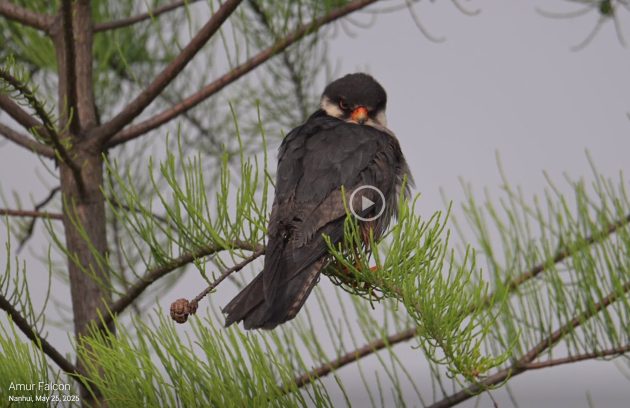
The Amur Falcon has one of the weirdest migration routes one can imagine. It winters in Southern Africa but breeds in Northern China and Siberia, meaning it not only goes from South to North, but also from West to East, crossing the equator and two continents. Birds of the World has a long video webinar that also shows a map of the two locations the birds move between.
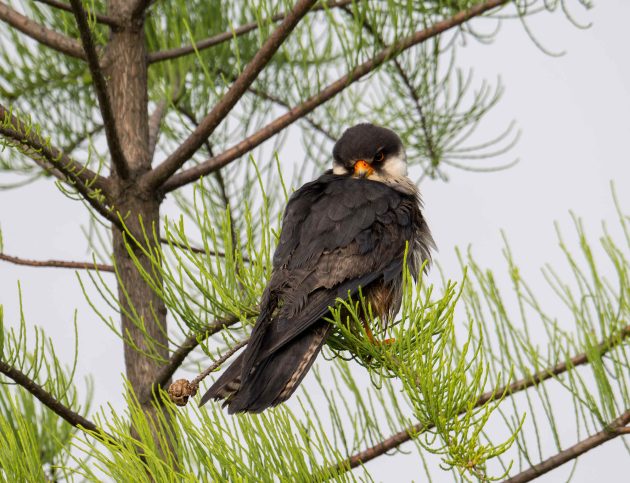
And on that migration route, moving between India and Africa, they undertake a non-stop flight of nearly 6000 km, which includes the longest overwater flight of any bird of prey.
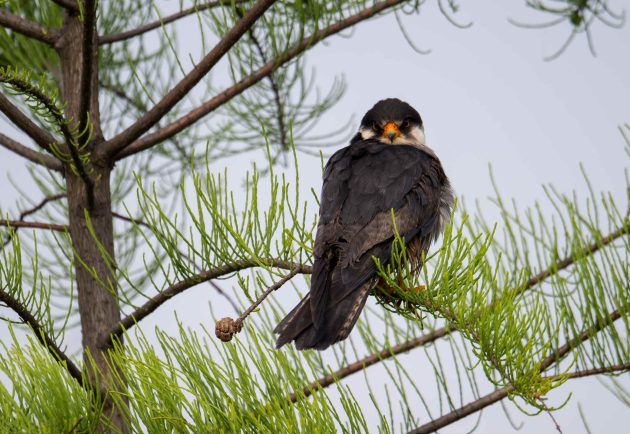
Meanwhile, when in Northern India, they eat about 2 billion termites to get the energy for the sea crossing – presumably another record (source).
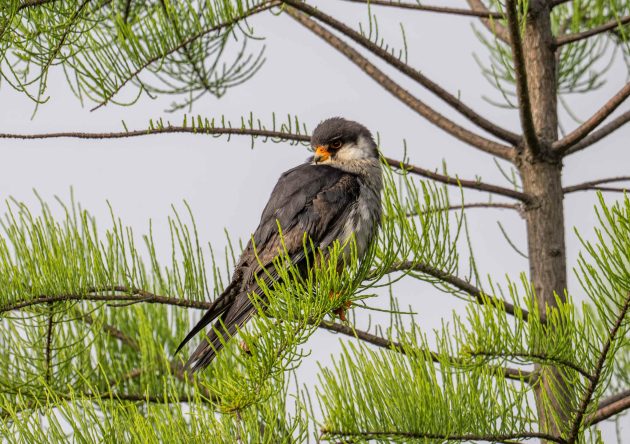
There, in Nagaland, they were captured and eaten in their hundreds of thousands until just a few years ago (source). Fortunately, conservationists – through legislation, economic incentives, and appealing to local pride – were able to stop this.
Male (right) and female Amur Falcon, Nanhui, Shanghai, June 2019
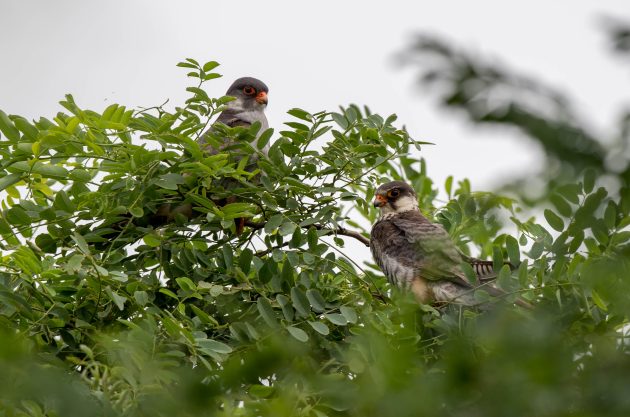
However, the dark side of this is that it led to papers in journals such as Conservation Science and Practice with sentences such as “Transforming such action into self-sustaining community-based conservation involves effective governance that rapidly integrates knowledge of resource dynamics, establishes flexible institutions, and fosters multilevel networks” and “Although conservation developed in the absence of an adequate preparation phase, external engagement, incentives, and recognition of local institutions’ legitimacy were instrumental in fostering collective action” as well as “This research showcases how community-based conservation initiatives can be triggered by external social pressure but also how the long-term sustainability relies on effective governance that respects local institutions and employs cooperative strategies to build trust and foster ownership among local communities.”
Female Amur Falcon, Nanhui, Shanghai, October 2018
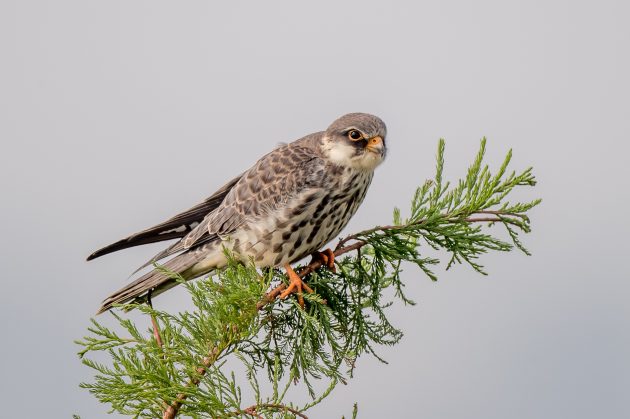
One final interesting aspect about the Amur Falcon – before I run out of photos – is that it does not build its own nests but occupies old nests of other species – magpie nests are a particular favorite. A bit like wearing second-hand clothes when you are a poor student, I guess.
All Photos show female and were taken on May 25, 2025, at Nanhui, Shanghai, unless mentioned.
* The brand also highlights its focus on “A mindful use of resources: Designed for now and what’s next; AMUR is rewriting the narrative of responsible dressing.”


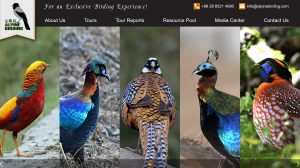
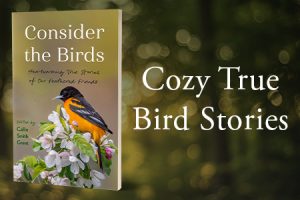

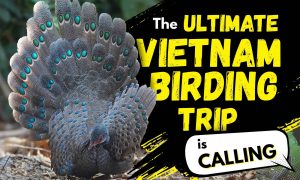
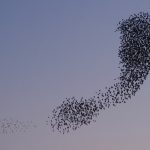
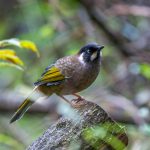

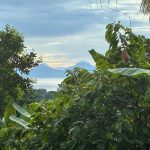
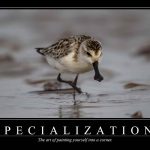
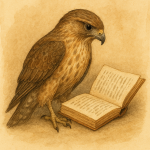
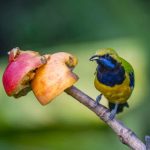
The Amur falcon is a Southern African species for me – I have only seen them there. Very nice to see the “other place” – although that is the location that gave them their name. Maybe a question for Ask a Birder: who “owns” migratory birds?
Forty years ago in the Taita Hills in Kenya I saw big flocks (c500) of Amur Falcons migrating south with the November rains. At the time they were regarded as the eastern race of Red-footed Falcon, and their passage through Kenya was little documented. They were wonderful to see: if only I had had the camera equipment I have now, as my photographs were poor. Beautiful birds.
I managed to understand the last of the dark sentences, but was completely lost in the previous
Who “owns” migratory birds? Their breeding area… though… unlike pety humans, birds are truly citizens of the world
Answering my own question: obviously, nobody owns birds, there’s no “ours” or “theirs”. From breeding area through the migration route and stop-overs to the wintering grounds: everyone along the way shares responsibility for the birds’ wellbeing. Shooting turtle doves in Italy is not cool, but the northern countries could do a lot more to improve breeding success.